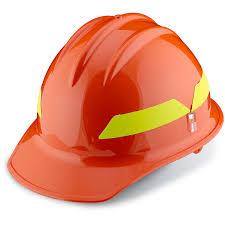Mobilizing Incident Resources throughout the Southeastern U.S. and Nationally
Administrative Management
Safety Management

Communication
Heat Related Illness (HRI) Form
SAFENET
Education & Training
10 Standard Fire Orders and
18 Situations That Shout Watch Out
Wildland Fire Safety Training Annual Refresher (WFSTAR)
Accident Investigation Resources
Initiatives & Resources
NWCG Risk Management Committee
Influenza Guidelines
Facilitated Learning Analysis (FLA)
What is an FLA? It is a mechanism for firefighters to learn from near misses, close calls and/or events of significance. Lessons learned from this process may prevent a serious accident from occurring. The FLA process is simple, expedient, and can be performed by wildland fire units across the country. The FLA guide incorporates FLA goals and objectives and is readily available for assistance in implementing this process.
Download a copy of the FLA Handbook for your own use
National advanced Fire & Resource Institute (NAFRI)
Wildland Fire Lessons Learned Center
Lesson's Learned for "Willow Creek Firefighter Burn Injury"
The link below is to the Lessons Learned Center's incident review page for the Willow Peak Firefighter Burn Injury. Please click on and read the Rapid Lessons Shared (RLS) report "Willow Peak Firefighter Burn Injury_RLS.pdf"
Willow Peak Fire Burn Injury (2015)
This one page report and embedded YouTube video "What's a 'fuel geyser' look like?" may be used for a safety discussion on safe chainsaw operations.
Chainsaw operators need to be aware of the following potential safety hazards:
1. Fuel inside the tanks of chainsaws can build up pressure that can vent violently when the fuel caps are removed.
2.. The newer fuel tank caps used on Stihl chainsaws requires less than a full turn to be completely removed from the saw. This is different than the older threaded models that allow pressure to escape the tank before the cap was completely unthreaded. Operators should take caution when opening the fuel cap by maintaining 20 feet from any potential ignition source and covering the cap with a cloth to protect themselves from any potential fuel geyser.
3. Previous reports indicate that it is possible to experience a "false close" with these newer caps that will allow fuel to leak out on the operator. See Rock Ridge Burn Injuty 2014

